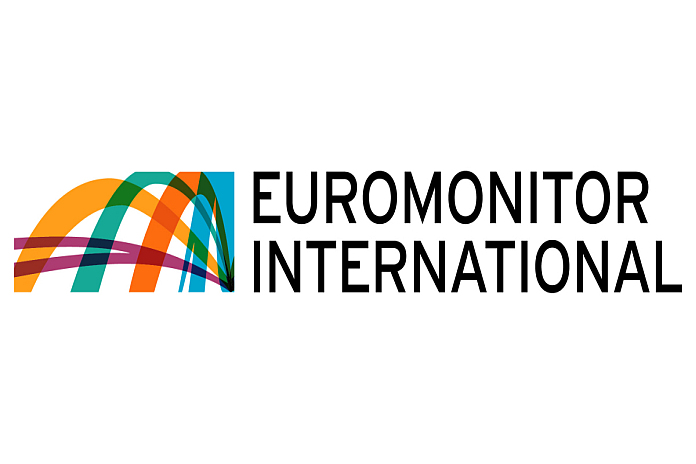
Inflationary pressures subside as emerging markets remain under pressure – report
By Felicia Nwosu
Euromonitor International has revealed that inflationary pressures in the emerging economies are expected to persist in 2023 as the still high exchange rate of the US dollar, lower foreign exchange reserves and delayed pass-through of the higher energy and commodity prices add to the price pressures. While Global inflationary pressures are forecast to continue to ease in Q1 2023, under the baseline scenario, global inflation is forecast to reach 6.5% in 2023 and then fall to 4.5% in 2024.
The notable and credible research platform also said that slower global economic growth and consequently weaker demand in large part help to cap the inflation growth. It, however, added that, “Inflationary pressures in the emerging economies are expected to persist in 2023 as the still high exchange rate of the US dollar, lower foreign exchange reserves and delayed pass-through of the higher energy and commodity prices add to the price pressures. Potential energy price hikes, ongoing de-globalisation, structural labour market problems and faster-than-anticipated economic recovery in China remain among the key risks and could accelerate price growth in 2023. In addition, consumer purchasing power in 2023 is forecast to be further eroded by stubbornly high prices of essential goods and rising interest rates.
The economic monitor in its futuristic analysis opined that faster economic growth in China could accelerate commodity price growth in 2023. It explained that China’s economy slowed down as the country handled a disruptive reopening of the economy after the U-turn on its zero-COVID policy that it announced in December 2022.
“Faster economic growth in China could increase inflationary pressures through higher commodity prices, as China is among the largest consumers of metals and energy. It could also in turn, spark commodity price increases in the second half of 2023, with the biggest effects expected on the metals, energy and agricultural commodities. For example, China’s construction sector accounted for 12% of global spending on metal products while China’s electronic components industry consumed 9% of the global hi-tech goods in 2021,” the report stated..
Euromonitor in addition reaffirmed that higher prices are likely to erode consumer income gains and hurt consumption. The international business research body averred that the cost-of-living crisis largely affects the low-income consumers in the emerging markets, which indicated that low-income consumers in emerging markets experienced faster living costs growth over the period 2018-2023 as they spend a higher proportion of their income on essential goods and are thus more impacted by food price or housing cost increases.
“Despite the strong labour markets that sustain wage growth, real disposable consumer income is forecast to stagnate as high inflation erodes income gains and hurts spending power. The global disposable income per capita is forecast to grow only by 0.1% in real terms in 2023 and by 1.5% in 2024.”
Moreso, it stipulated that high savings accumulated during the COVID-19 pandemic helped temporarily to cushion inflationary effects and support spending growth, an effect it presumes will continue to wane as consumers face rising costs of essential goods. This, it maintained, will become a multiplier effect as higher interest increases housing costs and limits consumer willingness to finance purchases of big-ticket items through debt.
“Inflation in the U.S. is predicted to reach 4.0% in 2023 and 2.5% in 2024. Lower prices of energy and manufactured goods, as well as the effect of the higher interest rates help to cap the inflation. However, price pressures in the US will remain elevated in 2023 due to persistently high core inflation, which excludes food and energy price effects. Labour market problems and consequent labour supply and demand imbalances threaten price stability in the U.S.”
In another projection, it predicted that inflation in China is forecast to increase slightly to 2.5% in 2023 and 2.3% in 2024 while the reopening of the economy and relaxation of pent-up demand is expected to drive up inflation slightly.
“Inflation risks in the Eurozone have eased slightly although high energy prices continue to add to the inflationary pressures. The largest Eurozone economies with high dependence on energy imports, i.e. Germany, Italy and Spain, are forecast to see inflation rates of 6.7%, 7.2% and 4.5%, respectively, in 2023. Cascading effects of the higher energy prices to other sectors and potential removal of energy subsidies to households are among the highest inflationary risks in the Eurozone. Elimination of Russia from Europe’s gas market and growing demand for gas in China are also the potential risk factors to consider that could accelerate inflationary pressures in 2023.”




Comment
No comments found.